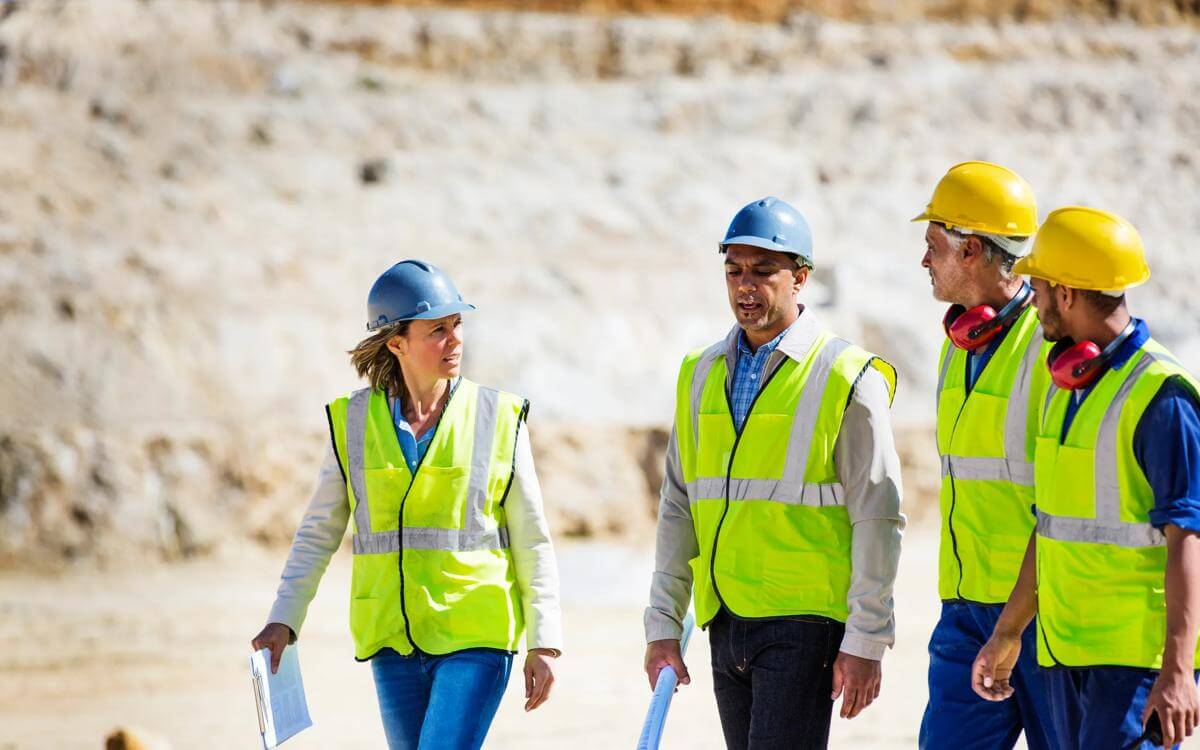Practical tips for local government re-organisation
Local government re-organisation and the transition from two tiers of local government in to a single tier unitary authority is a big undertaking, which necessitates looking at numerous practical considerations.
This article is taken from January's public matters newsletter. Click here to view more articles from this issue.
Local government re-organisation and the transition from two tiers of local government in to a single tier unitary authority is a big undertaking, which necessitates looking at numerous practical considerations. This article, the final one in our local government re-organisation series, looks at some of the practical considerations to consider when looking at moving to a unitary model.
Contract management
The move from numerous councils in to a single unitary authority will likely result in a level of duplication regarding contracts with suppliers. For example, each council is likely to have their own stationary or FM contracts resulting in a large amount of different service providers potentially providing the same services to the new unitary authority. Therefore, as part of the re-organisation process, it will be necessary to thoroughly document all of the contracts each council holds to identify where there is overlap and to decide, in relation to those contracts which are surplus, how best to deal with them, whether that be letting them expire or exercising termination rights. Those contracts which are being kept will also need to be novated across to the new unitary authority, which in itself could be quite an onerous task due to the volume of contracts that will need novating. Finally, it may be prudent to identify services which should be re-procured following re-organisation in order to benefit from the unitary authority’s increased economy of scale.
Staff
It is important to document all members of staff from across the councils and identify where those staff should sit in the new unitary structure, as the existing councils are all likely to be structured differently. Much like in relation to contracts, there is likely to be an overlap in staff with duplication in skills, meaning it may be necessary to consider longer term restructuring projects.
Governance
This will be one of the most important things to consider when approaching re-organisation. Each local authority involved in the re-organisation will have its own governance arrangements and indeed each local authority may be fundamentally different in structure. For instance, one authority may operate under a committee arrangement and one under an executive arrangement. Therefore, it will be necessary to undertake an internal exercise to decide which structure to use. To do this involves taking several steps:
- Firstly, it is necessary to take a step back and plan out a methodology to be followed when approaching the review of governance. For example, it will be important that all of the views of interested parties are collated and therefore the methodology will need to detail the stakeholders and when it will be necessary to engage them. These parties will obviously include those working in the relevant authorities and the elected members, but it will also be necessary to factor in local residents and when they will be consulted.
- Secondly, it is necessary to derive several potential systems of governance that are worth exploring and conduct a detailed assessment of their respective strengths and weaknesses using the views collated. As part of modelling these arrangements it is important to think about what procedural steps would be needed to arrive at that design and also the impact on the unitary authority’s culture that design may also have. Another important factor to consider would be whether one or possibly more unitary authorities would be needed and how/where the boundaries for these new authorities would be drawn.
Managing people
Re-organisation naturally leads to many people being displaced from their current role and being given new roles, potentially one which is seen as lower than the role they held previously prior to the re-organisation. It is important that those people who may be required to change roles are consulted carefully during the process and views listened to in order to mitigate any discontent that may arise due to the change.
Assets
All councils either own or lease a substantial number of assets, whether it be buildings, vehicles, equipment etc. Therefore it will be necessary to conduct a thorough audit and compile an itinerary of these assets to identify where savings can be made. The obvious example of this being in relation to council office space and whether several council offices can be condensed in to one of the existing buildings, or whether it may be more cost effective to source a new building to house the whole new unitary authority.
Branding
Each council will have its own logo and name and therefore a new logo and name for the unitary authority will need to be agreed. Alongside this is an additional task of updating other documents which are used by the authority to reflect the new unitary authority ‘brand’, such as letter headings, and front pages of brochures.
Timings
Re-organisation is a complex and time consuming process so when putting together an overarching plan for the re-organisation it is necessary to make milestones realistic and build in contingencies in case certain aspects overrun. There is also the need to be mindful of external events which may have an impact on the re-organisation. One example being a general election, currently scheduled for 2020 but which could very possibly occur sooner! Ideally, the point of change needs to fall outside of any election period.
If you have any further queries about local government re-organisation generally, or you are interested in exploring potential re-organisation routes in your local government area, we would love to talk to you. Please contact our specialist public sector team.
Read previous articles in the local government re-organisation series:
Local government re-organisation: successes and warnings
Local government re-organisation: how and why use a unitary model?
Contact

Karl Edwards
Senior Associate
karl.edwards@brownejacobson.com
+44 (0)3300452997








































